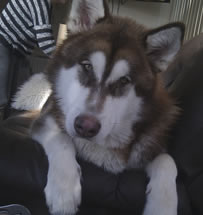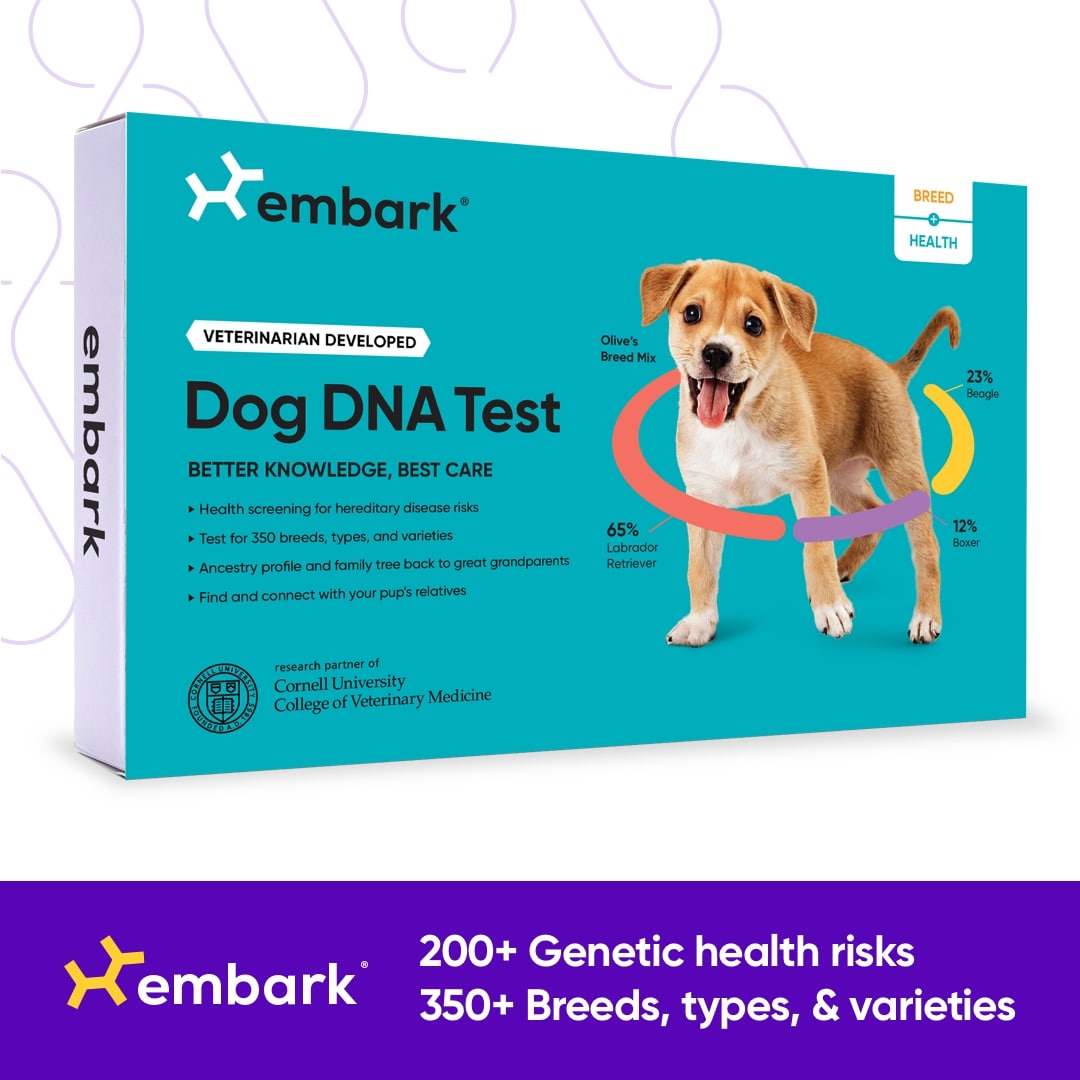Colors Explained
There is considerable overlap in describing the colors of the Alaskan Malamute. A dog with very light sabling and very white whites might be called a sable by one person and a gray and white by someone else. A dark gray and white is often called Alaskan seal (and visa versa). The only thing most people can agree on is what is red and what is white! Every Alaskan Malamute is unique in it's markings with various colors, shades, markings and trimmings. It's more important to have a sound temperament and body, but for those with a color preference - here it is, the differences explained.
Coat Colors
Sable and White - Black or gray guard hairs with a reddish undercoat and trimmings. Some may seem to have "dirty faces" as their white markings may not be truly white but instead have a red cast. Some sables are quite dark, others are much lighter.
Red and White - These dogs can be various shades of red from a light red to dark mahogany. There is no black evident and the nose, lips and eye rims will be brown or liver in color. The eyes are often lighter brown.
Gray and White - Gray dogs can be a variety of shades, from light to quite dark (thus, the confusion with Alaskan seal and white). The guard hairs are gray with a light gray, cream or white undercoat. There may be all black hairs, sometimes only on the back, other times throughout the body. From a distance a dog with this coloring will still appear mostly gray. Sometimes this is called "wolf gray and white".
Silver and White - These dogs have a light gray guard coat with a white undercoat. They may look white at birth.
White - This is the only solid color allowed by the Malamute standard. Both guard hair and undercoat are white. The mask can be evident as a cream color while the face is white.
Alaskan Seal and White - Seal and white dogs have black guard hairs, but their undercoats are cream or white. They appear to be "black and white" from a distance, but upon closer examination are not because they have the light undercoat.
Black and White - The black and white Malamute has black guard hair with a black or dark gray undercoat. There is a definite contrast between the light and dark areas of the body. Many puppies appear to be black and white at birth only to lighten up and become Alaskan Seal and White. Black and white dogs tend to have nice dark eyes.
Gray and white and sables are the predominant colors seen in the show ring, although reds, seals, whites, and black and whites are seen more often they used to be. While many show kennels prefer to breed gray and white or sables, Malamute owners always seem to prefer black and white!
Broken color extending over the body in spots or uneven splashes of pure color is undesirable. It is normal for the coat to have a "mantled" or sculpted look of varying shades of gray, however.
Face Markings
Malamutes have a large variety of face markings making each dog unique. The markings can vary from very black and dark (usually on a black and white dog), to a faded, barely visible marking.
The cap - The cap is the color covering the top of the head and hears, usually coming to a point in the center of the forehead.
Goggles - Dark areas around the eyes, extending sideways to the cap.
Eyeshadow - Dark areas below, between, or next to the eyes. It may or may not be dark and tends to fade with age. A young puppy with heavy eyeshadow may only have faded grayish markings at a future time. It does not extend into the cap.
Bar - A dark area extending from the point on the cap down the nose. It can be dark or faded and barely visible.
Star - A white forehead marking within the area of the cap on the forehead.
Blaze - A white mark extending from the center of the cap back up the forehead. It can be wide or narrow or irregular (not preferred) such that one side of the cap extends lower than the other.
Full Mask - The combination of cap, goggles and a bar. Also called "having a bar and goggles".
Closed Face - Dark coloring over much of the face so that there is no distinct markings of a cap, bar or goggles.
Open Face - The face is all white except for the cap with very little or no eyeshadow.
Chest and Collar Markings
Necklace - a curving band of dark color across the chest. They can be narrow or very wide and may change slightly when the dog blows coat and it regrows.
Eagle - two bands of dark color coming partially across the chest but not meeting in the middle.
Withers spot - a small white area, symmetrical, at the nape of the neck.
Full collar - is a white band of color that encircles the neck.
Pictures provided by our visitors:

"Alfie" - Mahogny Red
Full bar and eye shadow
More information & Helpful links...
For a better explanation than I can offer check out https://nicholescritters.homestead.com/malcolorgenetics.html Nichole Royer has done extensive research on coat color genetics. She has a large number of pictures that help show the coat colors and markings on actual dogs.




